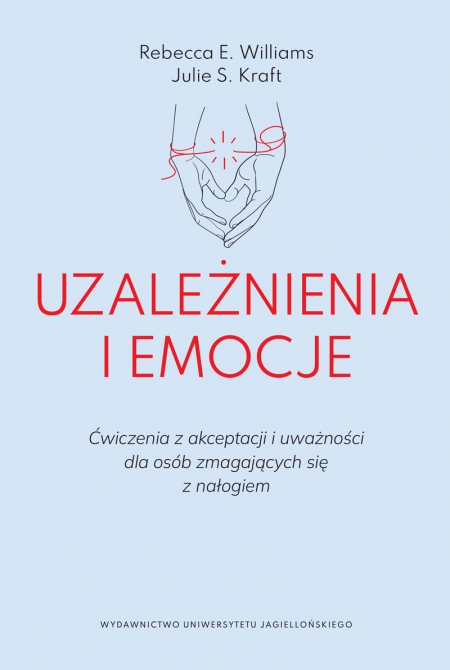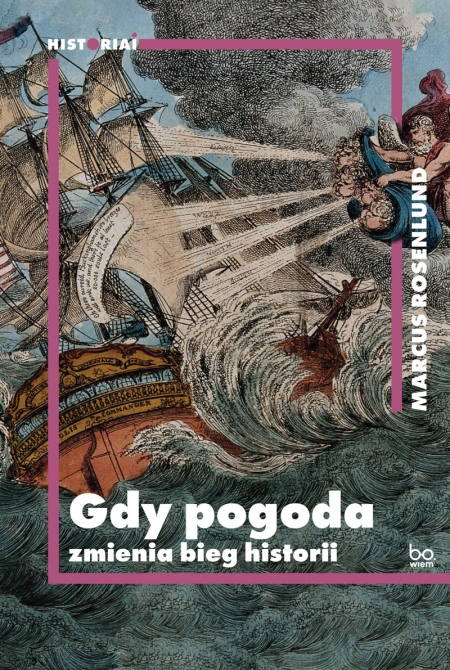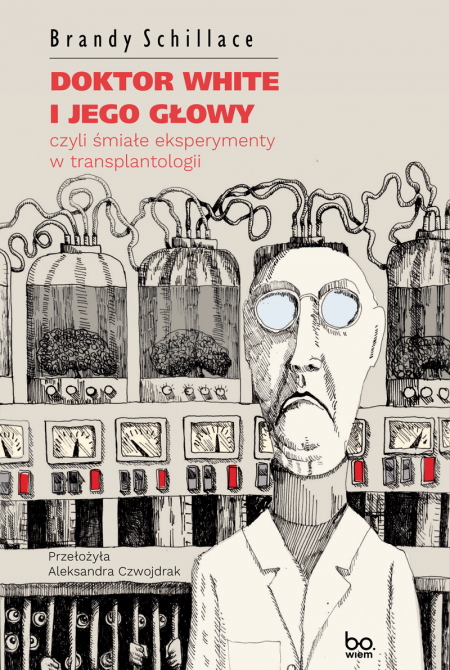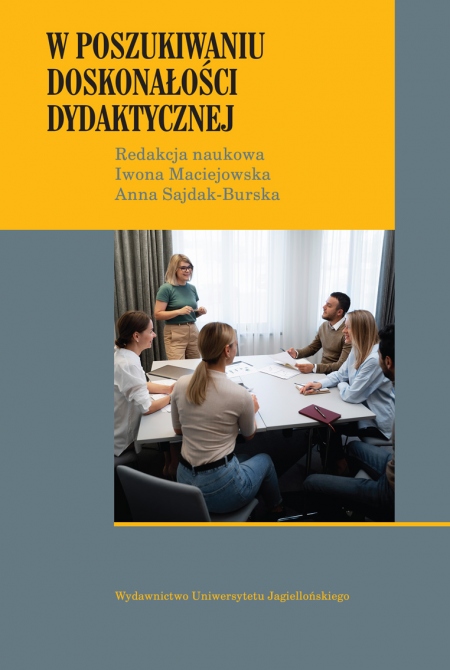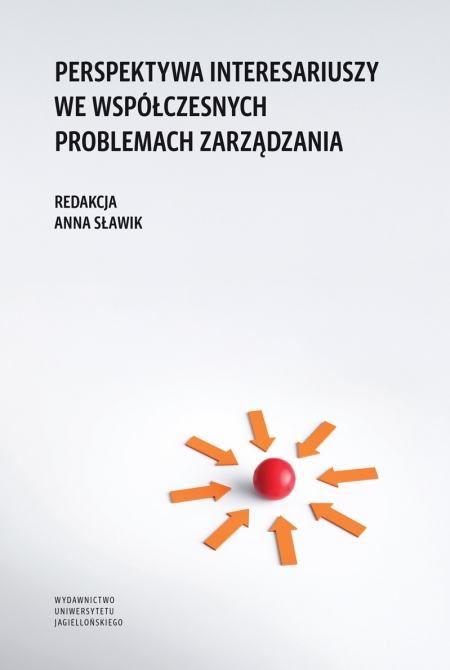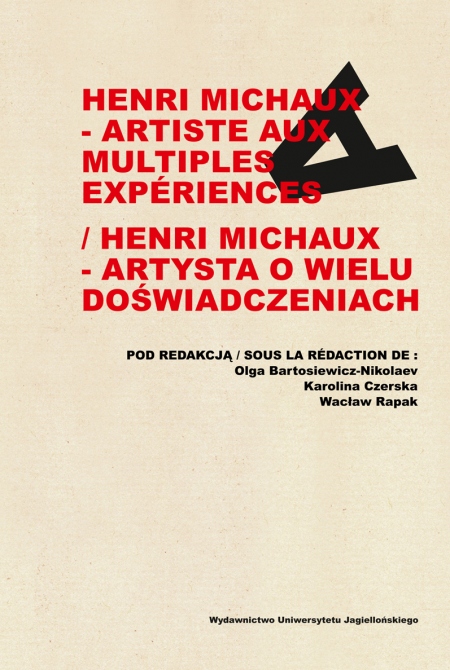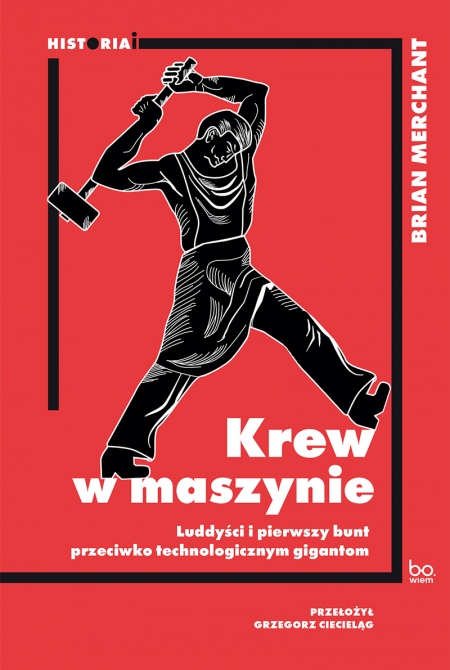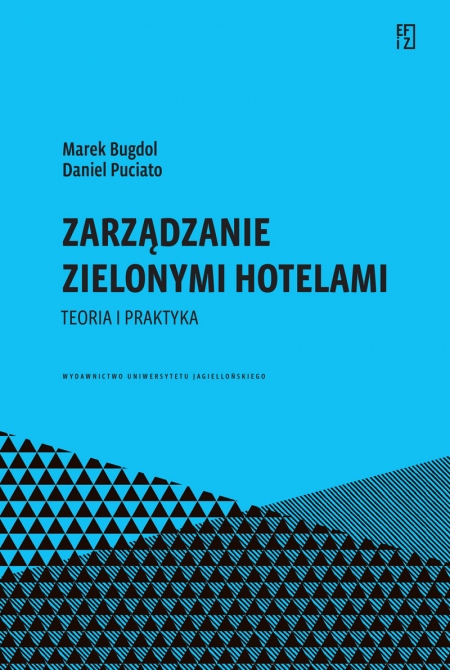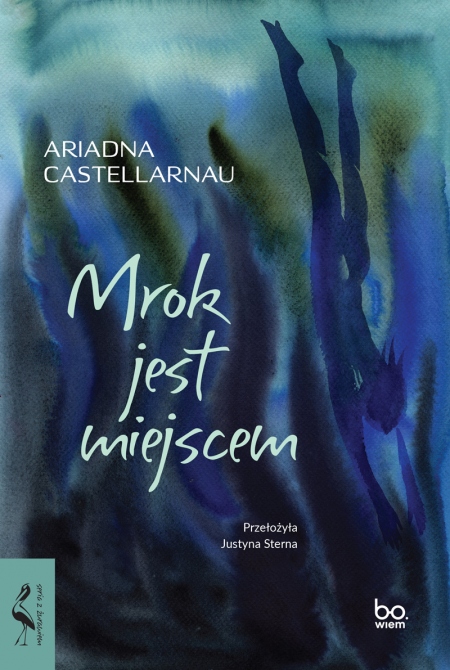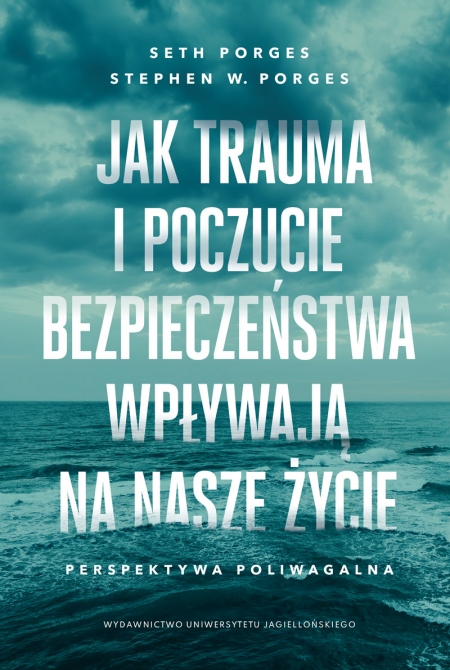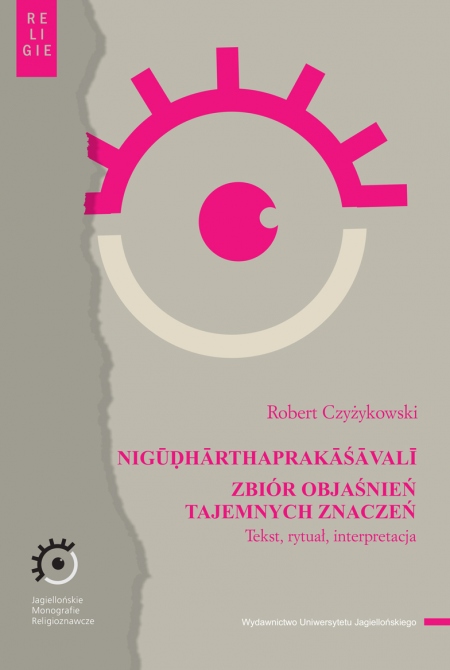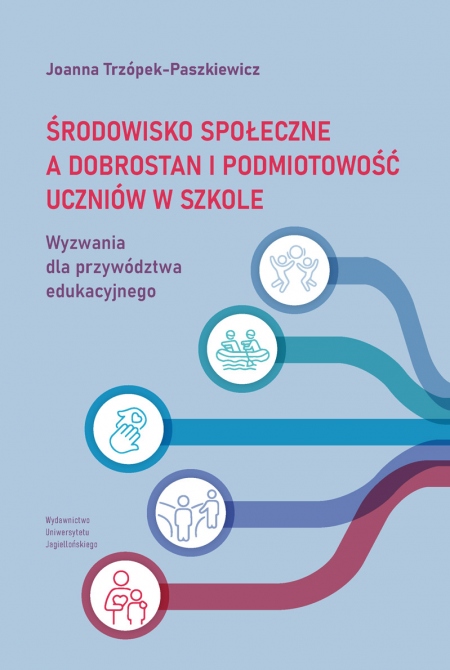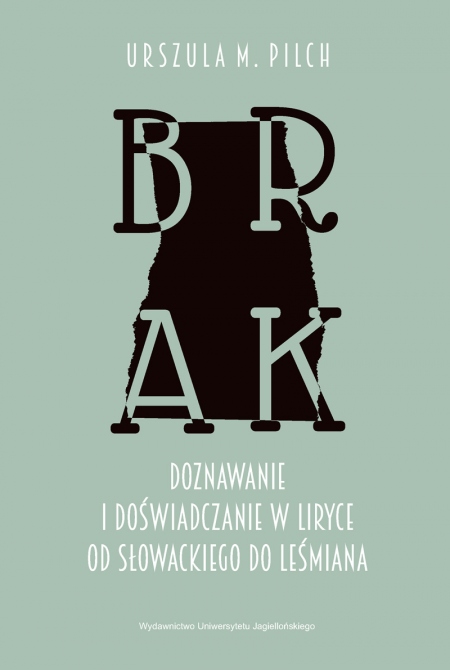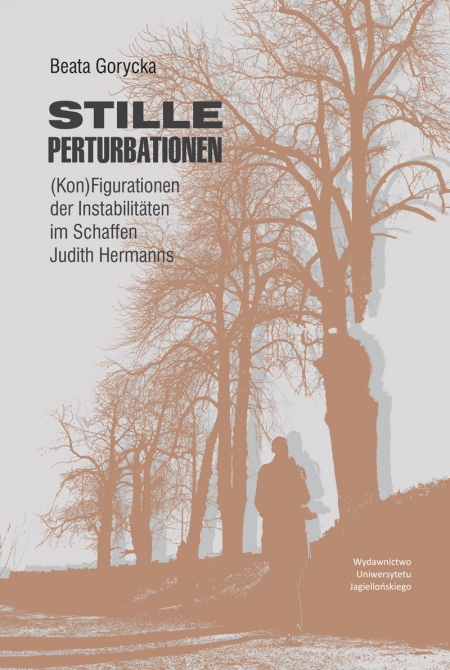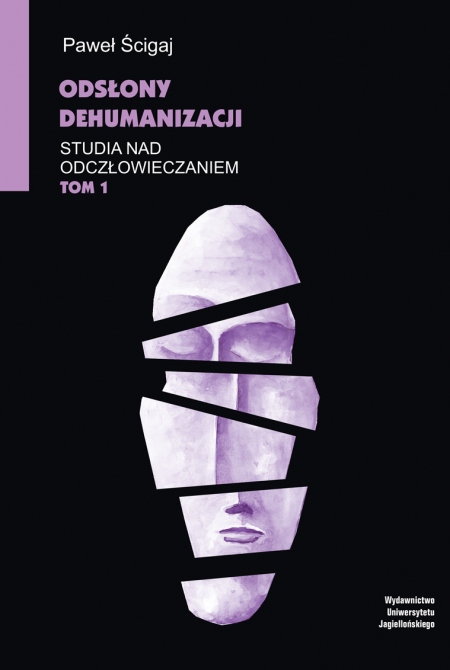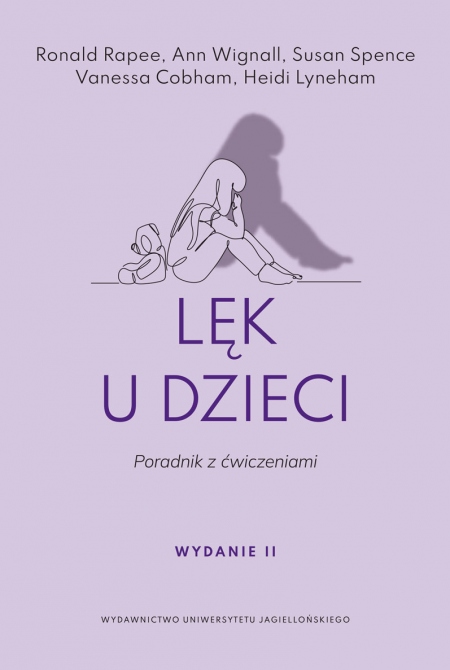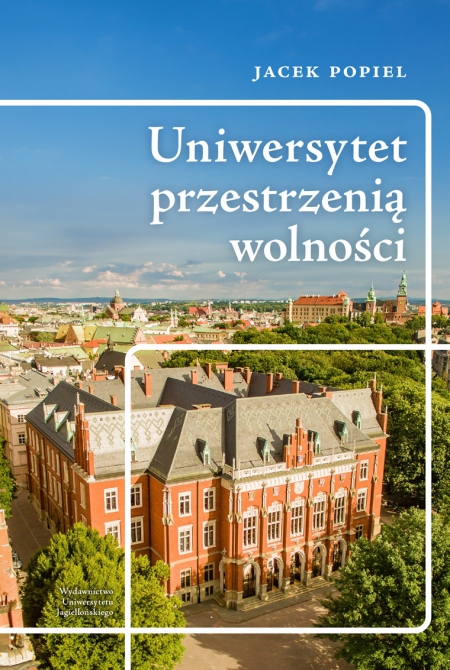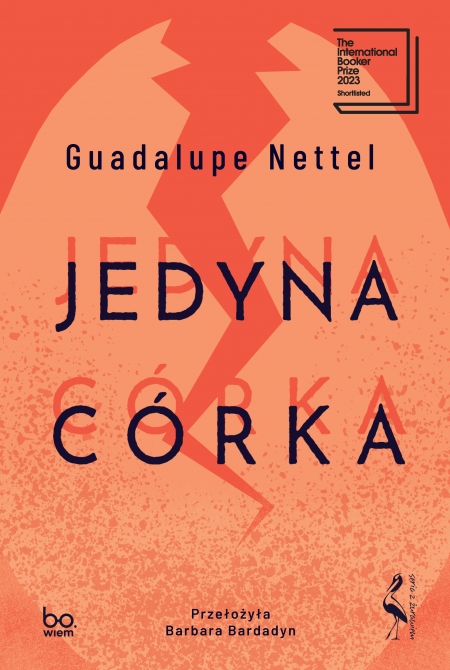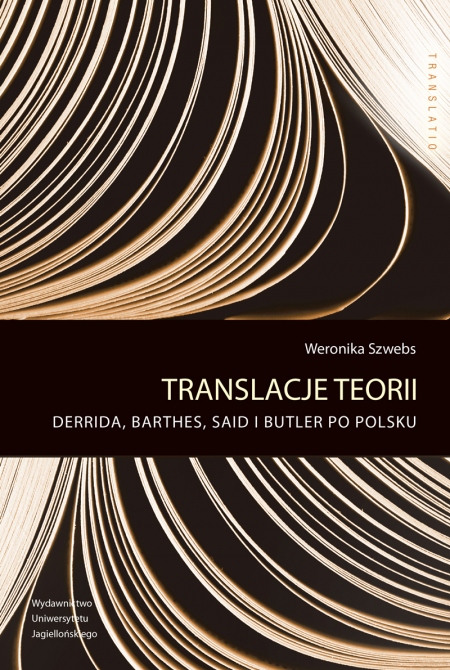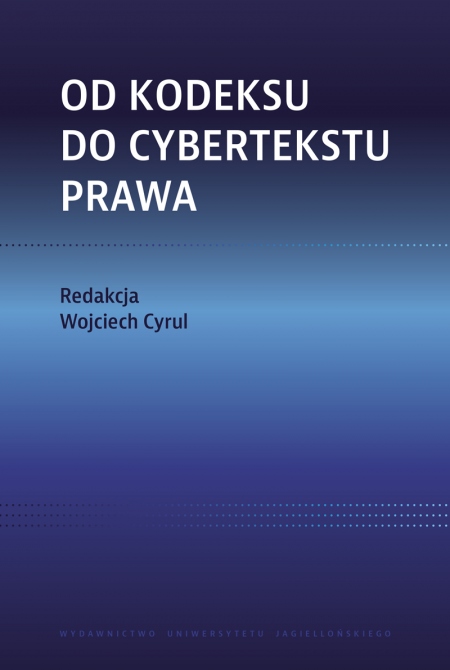
Od kodeksu do cybertekstu prawa
Edited by: Wojciech Cyrul
Pages: 284
Book format: 15x23 cm
Publication date: 2024
Publication date: 14.02.2024
E-book publication date: 19.12.2024
Book description
The emergence of new media has made it possible not only to transfer traditional texts to digital space, but also given rise to the emergence of completely new phenomena together known as the "textuality of the third millennium” . It is worth noting that the textuality of the third millennium combines texts with technology as never before. This opened up the concept of the text to completely new interpretations. When trying to determine the impact of digitalisation on the concept of a legal text, it should be emphasized that this concept is one of the most controversial in legal theory and is usually associated with a specific approach to its interpretation. Lawyers and computer scientists are interested in the problem of a legal text as a system of interrelated texts that condition its content, meaning or normative status. This issue, however, remains outside the mainstream of linguistics and textual theory. Bearing in mind the concepts of a legal text that function in the theory and philosophy of law, such as the theses of R. Dworkin, it is important to acknowledge that a legal text does not have to have either a formal or conventionally distinguished beginning or end. It can be a multi-thematic in character, function on multiple levels and be constantly subject to change. Unlike the texts of specific legal acts, it does not require a linear structure that usually determines the direction of its reading. In other words, it is a spatial, dynamic and multi-threaded text, devoid of any clear framework, thus leaving open many parallel reading paths. As a result, it is the adopted rules for producing the texts of specific types of legal acts in conjunction with the directives of their interpretation that function in a given legal culture, which determine the acceptable types and methods of combining the information dispersed in them. The meaning and scope of the concept of a legal text functioning in a given interpretive culture determines the admissibility or possibility of using specific IT solutions. By means of IT tools such as mark-up languages, the traditional texts of legal acts can be transferred to cyberspace. As a result, depending on the type of tools used, the electronic version of a law can take the form of a basic hypertext or an adaptive hypertext. In the case of a simple hypertext, the text of a law would be a set of legal documents formally separated into separate nodes, and linked together by means of hyperlinks. However, in the case of adaptive hypertext, the text of the law would be transferred to the semantic web. Thanks to this approach, the "simple" hypertext of a law could be enriched by the addition of an information management system that would allow machines to "understand" the content of the information contained therein. The text of the law would then become a combination of texts written in a natural language with a computer system enabling interactive and automated management and processing of information contained in legal documents, regardless of its form. Producing legal texts in an electronic format opens up new ways of managing legal information. What significantly distinguishes the hypertextual form from traditional forms is, above all, its dynamic and interactive nature and the way information is presented and shared, which
enables the reader to organize it on a current basis. Hypertext differs from classic forms of text delivery not so much in the quantity and quality of the information available in it, but above all in the way it is recorded and shared, allowing for both multifaceted analysis and new forms of presentation.
enables the reader to organize it on a current basis. Hypertext differs from classic forms of text delivery not so much in the quantity and quality of the information available in it, but above all in the way it is recorded and shared, allowing for both multifaceted analysis and new forms of presentation.
Abour editor
Wojciech Cyrul, Phd, Habil, LL.M, D.E.A. Chair in Legal Philosophy and Legal Ethic, Department of Law and Administration at the Jagiellonian University in Krakow. General information: Wojciech Cyrul studied law at the Jagiellonian Universities of Krakow, Katholieke Universitait Brussels and Catholic University of Washington DC. He holds degrees in law (mag. iuris, PhD and habilitation) and in legal theory (LL.M. and D.E.A.). He is currently a professor at the Jagiellonian University in Cracow and a Member of the Executive Board of the European Academy of Legal Theory. Previously Associated Professor at the Katholieke Universiteit Brussel and at the University of Cardinal Wyszynski in Warsaw. He is an author of several dozen publications on legal theory and legal informatics. Research interests: Legal informatics, theory and philosophy of law, ICT law, theory of legislation
Language
Polish
Title in English
From codex to legal cybertext
Edition
first
Edited by
Wojciech Cyrul
Cover design
Marta Jaszczuk
ISBN: 978-83-233-5306-5
e-ISBN (pdf): 978-83-233-7503-6
Country of producer: Poland
RECOMMENDED BOOKS
NEW BOOKS

Od kodeksu do cybertekstu prawa
Choose chapters to buy:
Order value:
0.00 zł

